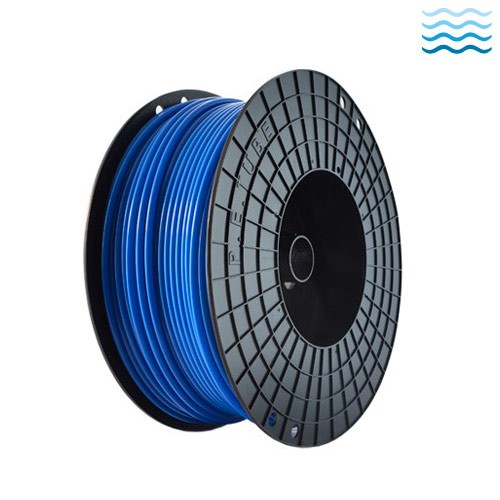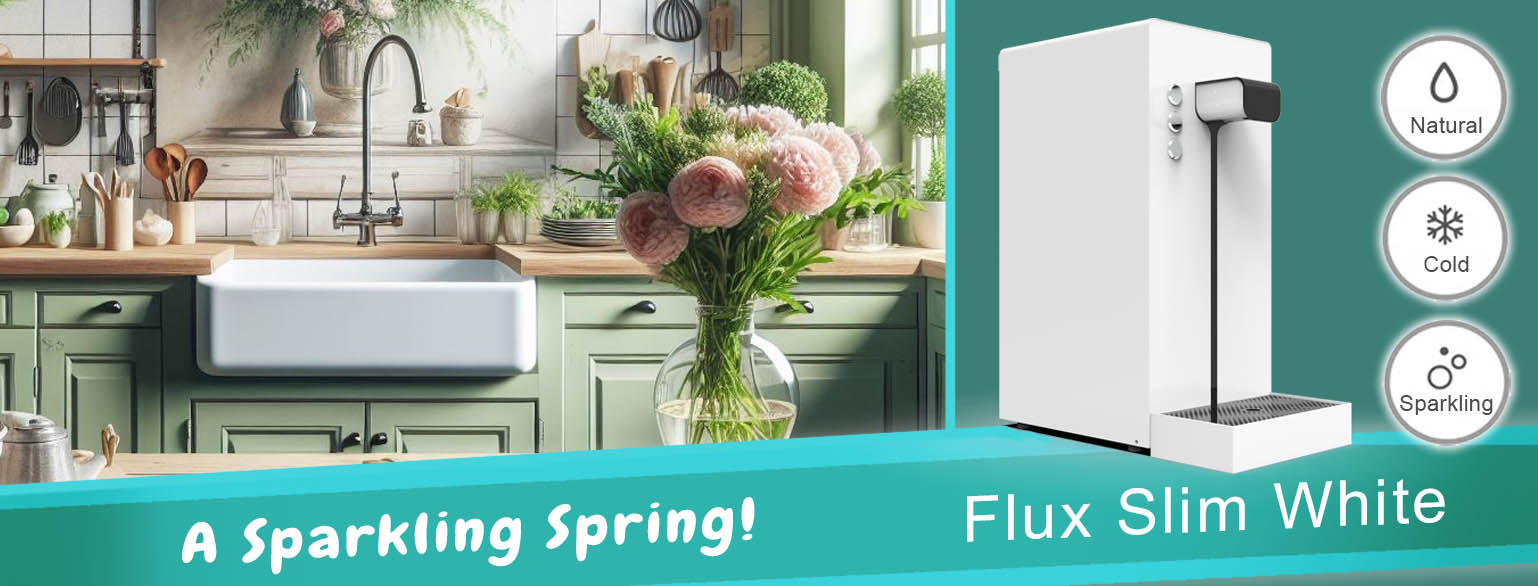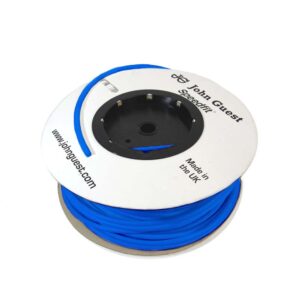Tubing
The wide variety of John Guest’s tubing was made with low density linear polyethylene for dealing with both cold and warm water intermittently. John Guest’s tubes provide applicability in a wide range of temperatures and pressures, great chemical compatibility other than being made with a non contaminant material. They’re commonly used in depuration systems, water cooling systems, icemakers, and humidifiers. John Guest’s LLDPE tubing is more resilient than traditional polietilene and is suggested for intermittent usage of cold and hot water. It also suitable for potable liquid, foodstuff, air, pneumatic, vacuum and inert gas applications.
The tube colour suffix at the end of the product codes indicates tube colour: N – Natural, B – Blue, E – Black, R – Red and W – White.

Showing all 2 results
-
1,20 € - 2,90 IVA inc. Select options
Showing all 2 results
Pneumatics applications
John Guest LLDPE tube is suitable for pneumatic applications providing pressure is maximum 10 bar @ 20oC (150psi @ 70oF). At elevated temperatures (50oC+) mineral oil will degrade LLDPE tube and, therefore, LLDPE tube used in pneumatic circuits should be periodically checked and replaced if necessary.
Exposure to ultraviolet light
Only black tube should be installed in areas exposed to any light if biofilm growth is considered an issue.
In this case other colours must be protected from exposure to light. Black tube is also UV stabilised and can be installed where exposed to direct sunlight (UV). 1 Bar = 14.5 psi (approx.)
Chemical resistance
NOTE: When using cleaning agents or other potentially aggressive liquids, please ensure compatibility with tubing and fittings. LLDPE is not recommended for mineral oils, gases and fuels or high pressure compressed air/pneumatic systems.
Potable water applications
John Guest LLDPE tubing is suitable for potable cold water applications with a maximum chlorine content of 4 parts per million (4 ppm). Heating water above 70oF (20oC) and or pressures above the maximum will significantly reduce service life. Direct exposure to sunlight will also significantly reduce its useful service. As part of good practice tubing should be inspected regularly. If there is any evidence of damage, hardening or cracking it should be replaced immediately.








